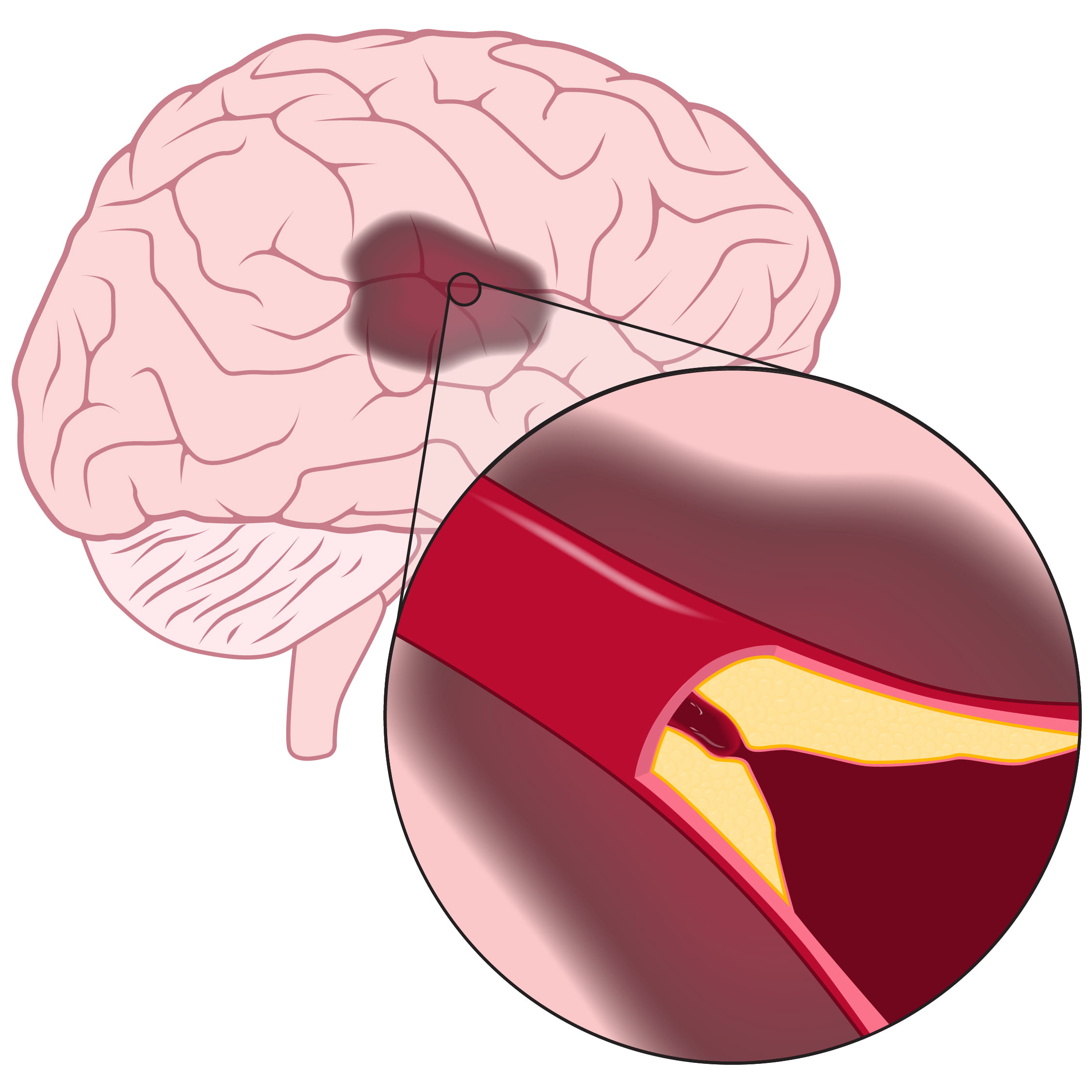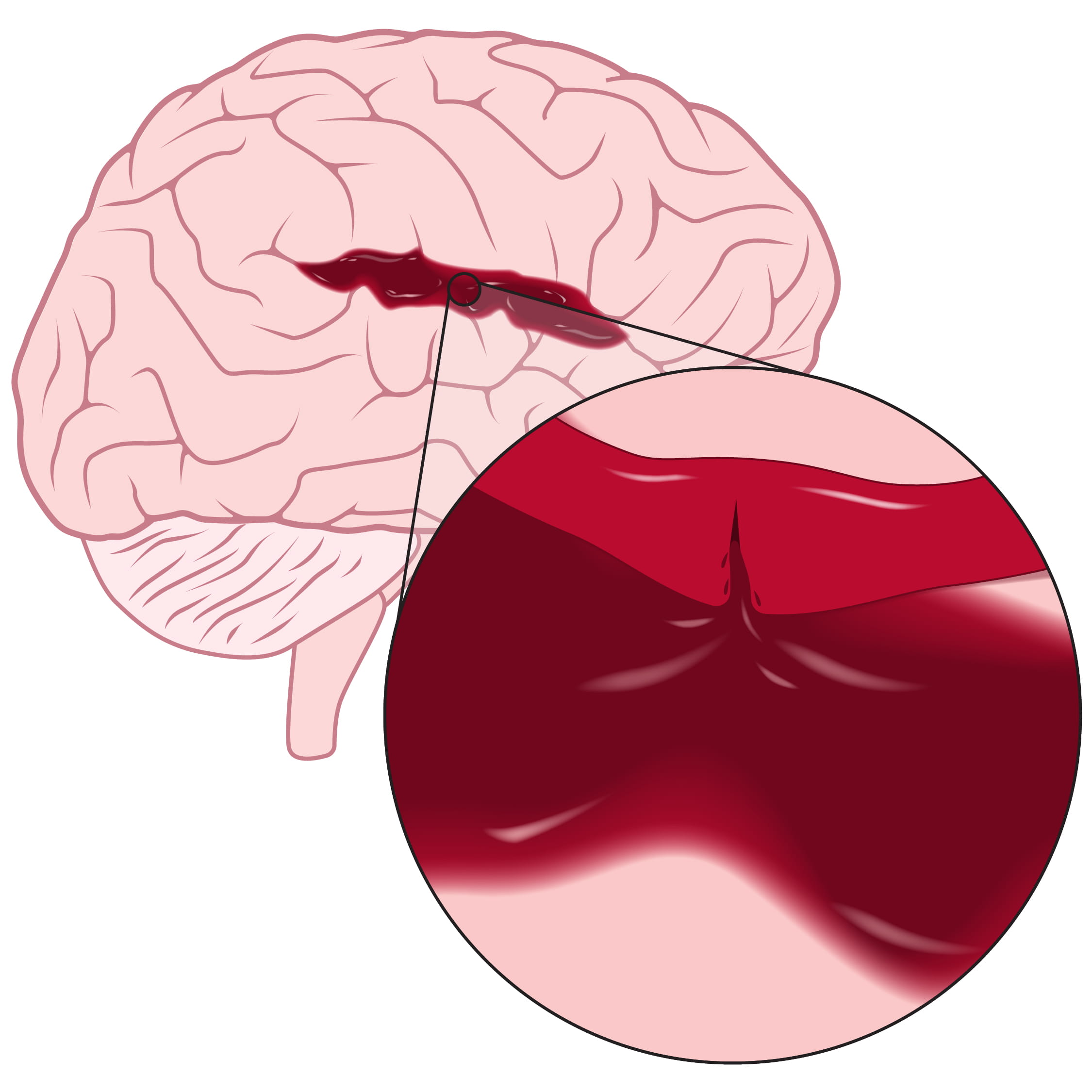There are mainly two types of strokes people can experience. The most common is an ischemic stroke, which accounts for 87% of all strokes. The other type is a hemorrhagic stroke. Each type of stroke requires different treatments, either surgical or nonsurgical with medication.
The doctors at The Ohio State University Wexner Medical Center have various diagnostic tools at our fingertips to determine which type of stroke you’re having and the best ways to treat it.
What is a TIA or 'mini-stroke'?
Matthew Gusler, DO, a vascular neurologist at The Ohio State University Wexner Medical Center, describes a transient ischemic attack (TIA) or 'mini stroke'. A TIA is when blood flow to part of your brain gets cut off for a few minutes. Symptoms typically go away within an hour but should be evaluated immediately.
Ischemic vs. hemorrhagic stroke: Which is more serious?
Matthew Gusler, DO, a vascular neurologist at The Ohio State University Wexner Medical Center, discusses the two main types of stroke: ischemic stroke and hemorrhagic stroke, and which is more serious.
Ischemic stroke

Ischemic stroke — the most common — occurs when a blood vessel that supplies the brain becomes blocked by a blood clot or other particle, impairing blood flow.
Fatty deposits called plaque can also cause blockages by building up in the blood vessels.
With no oxygen and nutrients going to that part of the brain, cells and tissue there begin to die, which can cause you to slur speech, lose vision or balance and experience arm numbness or facial drooping.
Ischemic strokes can start in different areas of the body, causing either an embolic stroke — which occurs when a blood clot, piece of plaque or other blockage forms in a different part of the body and travels to the brain’s blood vessels — or a thrombotic stroke, which occurs when a thrombus or clot forms inside a brain blood vessel.
Health conditions that increase your risk for ischemic stroke
The Ohio State Wexner Medical Center specializes in managing carotid artery disease and moyamoya disease, two conditions that drastically increase your chances of having an ischemic stroke:
- Carotid artery disease – The carotid arteries are found on each side of the neck and are the major source of blood to the brain. With carotid artery disease, these become blocked with fatty deposits called plaque, putting you at risk of a stroke.
- Moyamoya disease – A chronic and progressive narrowing of the blood vessels in the arteries in the brain, this condition can lead to ischemic and hemorrhagic strokes as well as seizures and other neurological issues.
Other health conditions that increase your risk for ischemic stroke:
- Irregular heart rhythms (atrial fibrillation) — you're 5 times more likely to have a stroke if you have this condition
- High blood pressure
- Diabetes
- High cholesterol
- Smoking
- Obesity
- Being over 55
Hemorrhagic stroke
 Hemorrhagic strokes occur when a blood vessel that supplies the brain ruptures or leaks, bleeding into the brain and blocking it from getting the oxygen and nutrients it needs. Also, pressure and swelling can build up in this tissue, causing even further damage.
Hemorrhagic strokes occur when a blood vessel that supplies the brain ruptures or leaks, bleeding into the brain and blocking it from getting the oxygen and nutrients it needs. Also, pressure and swelling can build up in this tissue, causing even further damage.
There are two kinds of hemorrhagic stroke:
- An intracerebral hemorrhage, which happens when blood vessels in the brain bleed. Intracerebral hemorrhages are usually caused by high blood pressure and come on suddenly.
- A subarachnoid hemorrhage, when the bleeding occurs in the space between the brain and the membranes that cover the brain. An example of a subarachnoid hemorrhage is a ruptured aneurysm, or a weakened, ballooned area on an artery wall.
Causes of hemorrhagic stroke
- Uncontrolled high blood pressure
- Aneurysm
- Trauma (car accident, for example)
- Arteriovenous malformation, a congenital disorder
- Overuse of blood thinners
- Moyamoya disease
Transient ischemic attacks and other types of strokes
While the vast majority of strokes can be labeled as ischemic or hemorrhagic, there are a few other kinds of stroke. These include:
- Transient ischemic attacks: Also known as mini-strokes or TIAs, these attacks are caused by a temporary blockage of blood flow to the brain. They can signal that a full-blown stroke might happen in the future, so symptoms shouldn’t be ignored.
- Brain stem stroke: This is a stroke that occurs in the brain stem, which controls all basic activities of the central nervous system.
- Cryptogenic stroke: Strokes without a known cause are referred to as cryptogenic.
Treatment
Treating ischemic strokes
A clot-busting medication called tPA can treat most ischemic strokes if it’s given within 4½ hours of when symptoms began. This is why it’s so important to seek treatment as soon as symptoms begin and note the time when symptoms start.
Learn more about treatment options for ischemic stroke
Treating hemorrhagic strokes
With a hemorrhagic stroke, our goal is to stop bleeding into the brain, whether through medications or surgery.


